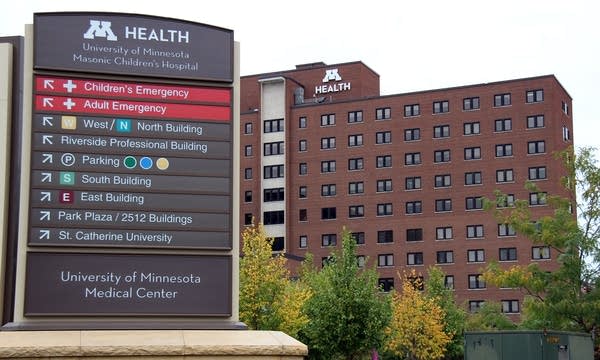U presses for control of campus teaching hospital ahead of Sanford-Fairview deal

The University of Minnesota is planning to ask the state to help it buy back its health care facilities from Fairview Health Services.
Mark Zdechlik | MPR News 2015
Go Deeper.
Create an account or log in to save stories.
Like this?
Thanks for liking this story! We have added it to a list of your favorite stories.


